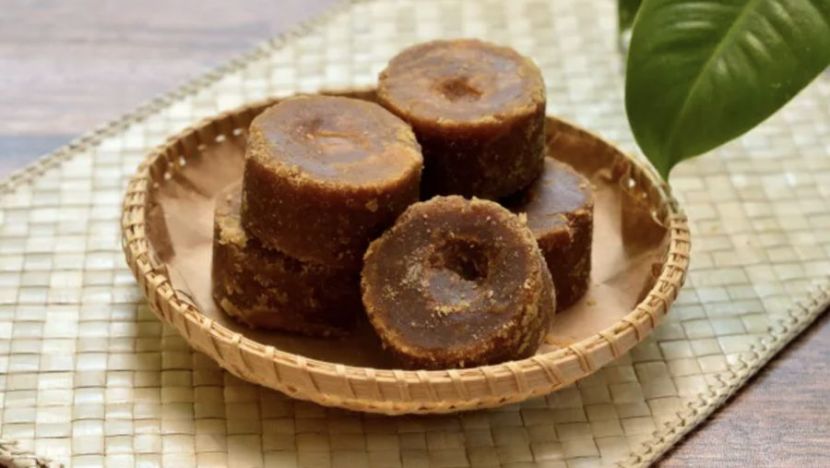Current Status of Palm Sugar Industry in Indonesia

Indonesia's palm sugar production rose sharply to 154,126 tons in 2024 from 142 tons in 2023, ending a two-year downward trend.The production growth was mainly led by three provinces, East Java (60,138 tons), Central Java (51,095 tons) and North Sumatra (23,160 tons), which contributed 86% of the total national production, with the rest of the production coming from theSouth Sulawesi or Celebes (Indonesian Island)The commodity is also being developed in West Nusa Tenggara and a number of other small areas. Palm sugar is becoming increasingly important in Indonesia's food and beverage industry, with demand continuing to grow for everything from milk curry, which is popular in cities today, to traditional pastries in rural markets. Production of palm juice, the main raw material for palm sugar, plummeted from 17.3 tons in 2022 to 1.1 tons in 2023, and production of palm flour has also stagnated. There are also regional imbalances, with production concentrated in a few provinces; industrialization is low and most production is still done in traditional ways. There is also the issue of farmer regeneration, with few young farmers willing to operate palm plantations due to insufficient incentives, while palm trees can produce for up to 25-30 years, and if this trend continues, the increase in production in 2024 may be temporary. Although the government has made non-timber forest products one of its priorities for social forestry development, implementation at the local level varies widely, and the lack of cross-sectoral coordination and financial incentives is not conducive to the industrialization of palm products. In the absence of long-term interventions, a supply crisis could soon recur. Demand for commodities continues to rise, especially from the bottled beverage and coffee sectors, but if raw materials remain scarce and concentrated in only a few provinces, prices could soar, shrinking profit margins for companies and affecting consumers.

